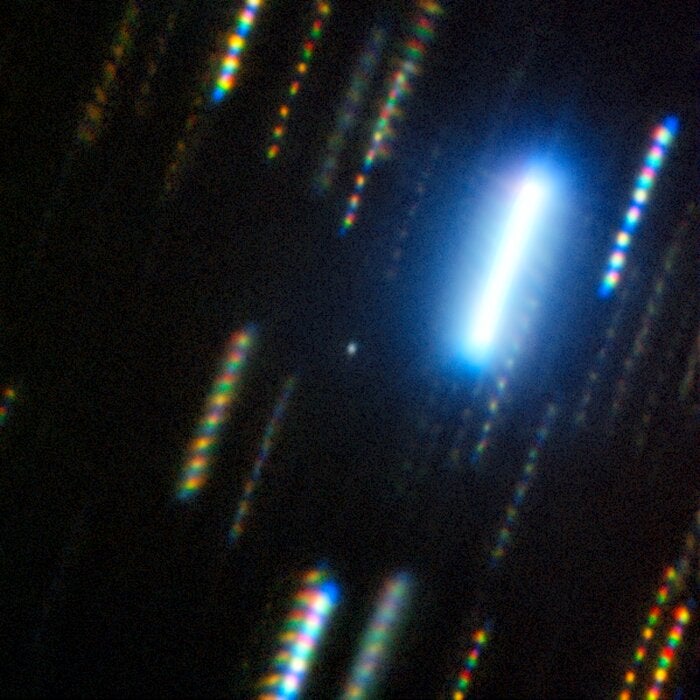A “city killer” asteroid once thought to be on a potential collision course with the Earth has now been found to have a higher chance of striking the Moon.
The building-sized space rock, designated 2024 YR4, sparked global concern when it was discovered late last year as initial projections suggested it had a 3 per cent chance of hitting the Earth on 22 December 2032.
Subsequent observations reduced the threat of Earth impact to virtually zero but revealed that the rock had a small chance of crashing onto the Moon.
After analysing additional data from Nasa’s James Webb Space Telescope, astronomers have refined their predictions of the asteroid’s orbit.
The new data has improved our understanding of where the asteroid will be on 22 December 2032 “by nearly 20 per cent”, Nasa said in a statement.
Researchers said the 200ft asteroid’s latest probability of impacting the Moon had increased to 4.3 per cent from the previous estimate of about 3.8 per cent.
There is still an over 95 per cent chance it will miss the Moon, according to the recent estimates.
Nasa has concluded that the object poses no significant impact risk to Earth in 2032 and beyond.
In the event the space rock strikes the Moon, it would be one of the largest asteroids in recent history to hit the lunar surface.
Researchers hope it may provide crucial data to prepare for future planetary defence operations.
“The possibility of getting a chance for an observation of a sizable Moon impact is indeed an interesting scenario from a scientific point of view," said Richard Moissl, head of the European Space Agency's planetary defence office.
Scientists hope tracking and understanding the asteroid could offer further insights into similar space rocks that might pose a threat to the Earth.
A recent analysis of the asteroid suggests it may once have been a boulder that sat on the surface of a larger rubble-pile asteroid.

Looking at how the rock absorbed sunlight and emitted heat, astronomers found that it was rich in silicates.
This indicated it likely originated in the solar system’s main asteroid belt between Mars and Jupiter and was pushed into its current near-Earth orbit by gravitational interactions with Jupiter.
Currently, the asteroid has passed too far away in its orbit to be observed with either space or ground-based telescopes.
Nasa hopes to make further observations when the asteroid’s orbit around the Sun brings it back into the vicinity of the Earth.
“After 2025 May, 2024 YR4 will next enter JWST observing window in the first part of 2026 as a challenging target, which may be worth pursuing to determine whether a lunar impact will occur,” researchers said in a recent study, published in the journal RNAAS.
Private lunar lander from Japan crashes while attempting touchdown on moon
Elon Musk slays Dragon saying he will ‘decommission’ spacecraft
Scientists find the most intense explosion ever seen in the universe
Something is flashing at us from space – and scientists have no idea what it is
Why Trump and Musk’s spectacular feud could be a disaster for space travel
These mysterious dark ‘streaks’ on Mars aren’t what scientists initially believed







